How to Tap a T-nut
HOW TO TAP A CLIMBING HOLD T-NUT
Cross-threading happens when the internal threads of the T-nut misalign with the bolt.
Causes of Cross-Threading
1. A bolt with damaged threads will cause cross-threading.
2. Inserting the bolt into the T-nut at a misaligned angle will cross-thread the T-nut.
3. Rarely, but still a possibility, you may have a T-nut or bolt with a manufacturing burr inside or on it.
A Cross-Threaded T-nut Scenario
At some point during the insertion of the bolt into the T-nut, threads on either item start to bind. The characteristic of each does give the installer the indication it is cross-threading by way of physical resistance. The bolt requires more torque than usual to pass through the threads.
If you are hand-threading the bolt, this resistance is noticeable. The bolt won't turn anymore. When using an impact driver to install climbing holds, cross-threading happens quickly, and only an expert will notice the resistance. A new home climbing wall builder should hand-thread and use a wrench when learning how to install holds. The bolt's angle entering the T-nut is not obvious on overhanging walls. Therefore, extra care is required when installing climbing holds in steep terrain.
If you have only cross-threaded a few threads, it may be possible to put outward pressure on the bolt head or the climbing hold to back it out with a prybar and a wrench. An impact driver on the reverse with a 5/16" Allen Head Bit works excellent in this scenario seen below.
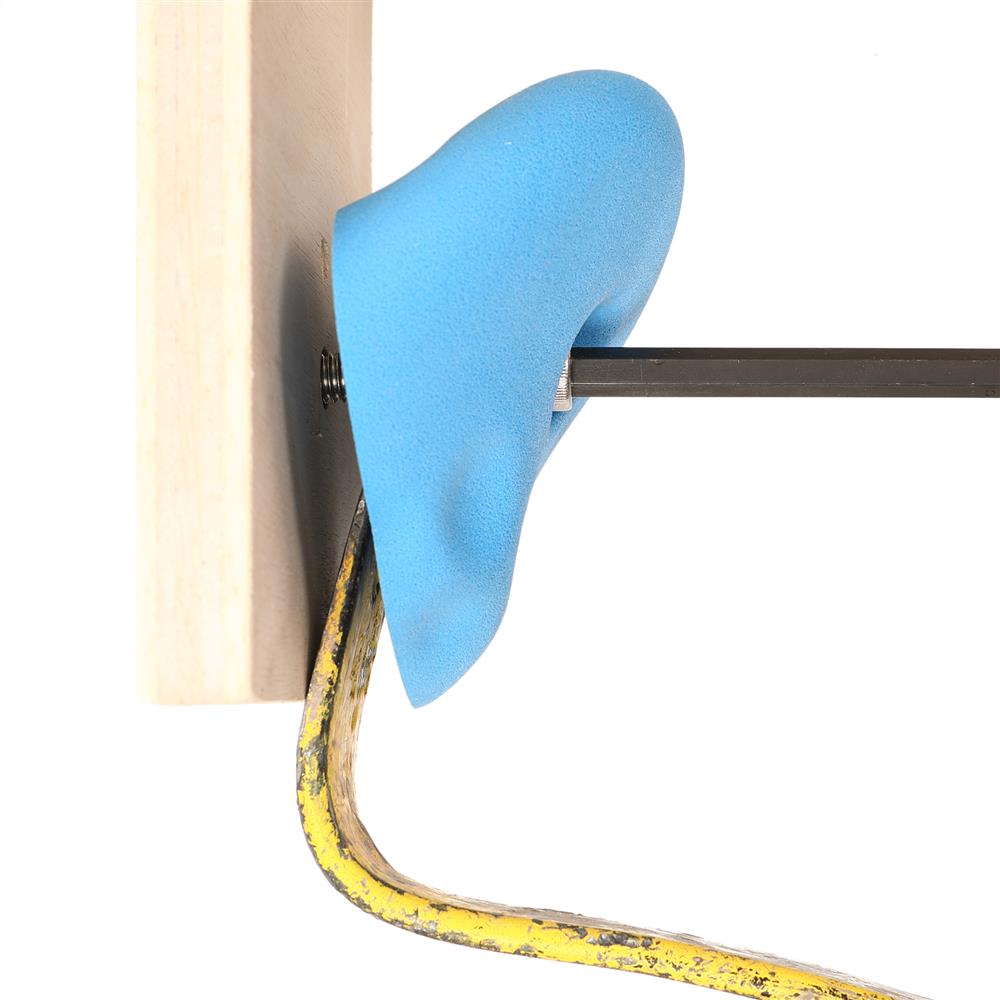
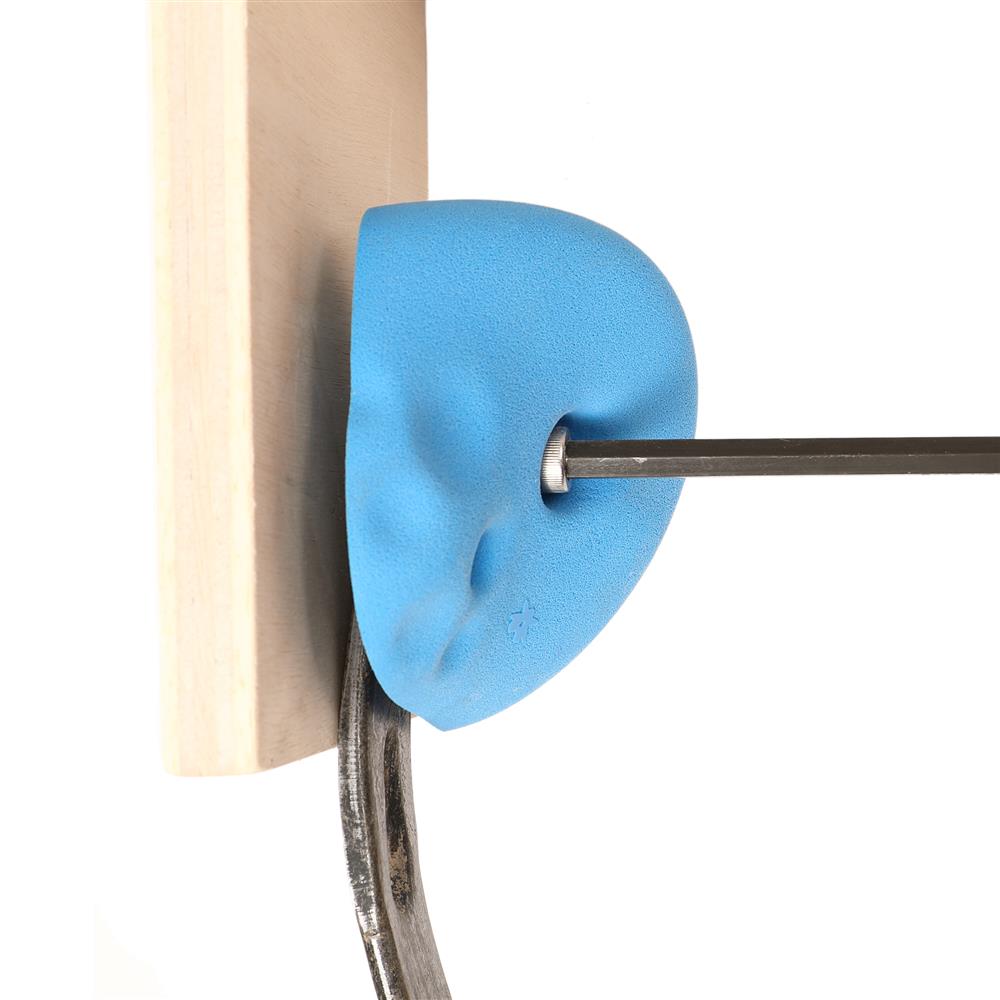
Now that we have just the T-nut to deal with, you will need Cutting Fluid and a 3/8-16 Tap.
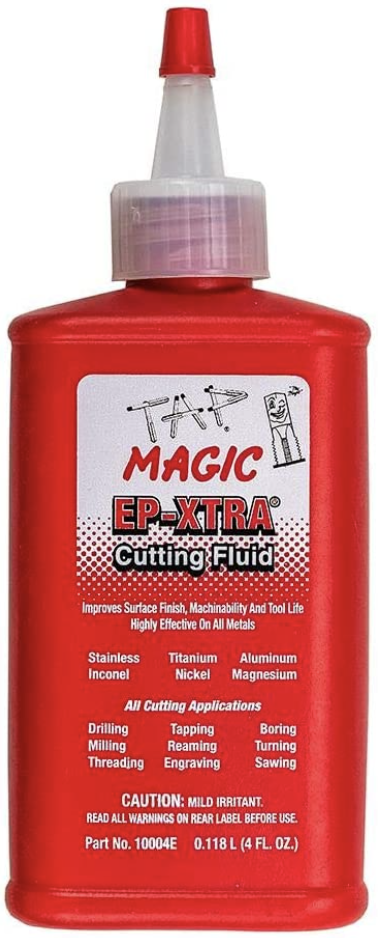
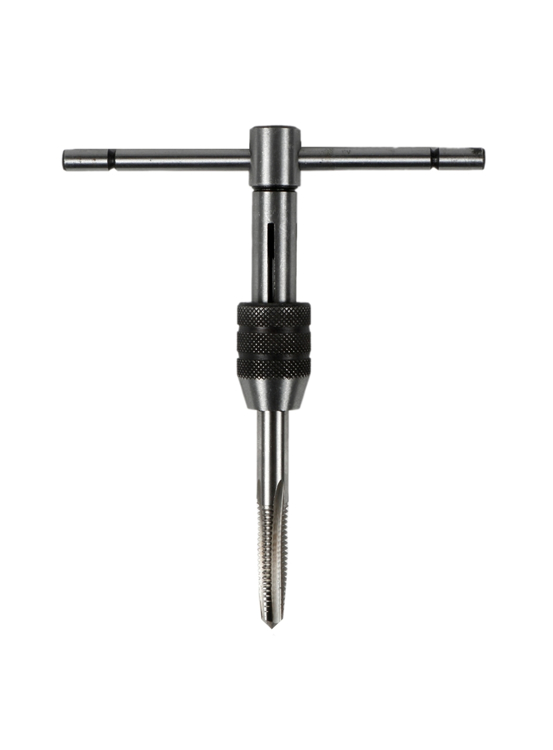
Steps
1. Use a cutting fluid to lubricate the T-nut and the tap. A couple to a few drops will do. If your fluid is dripping, that's too much.
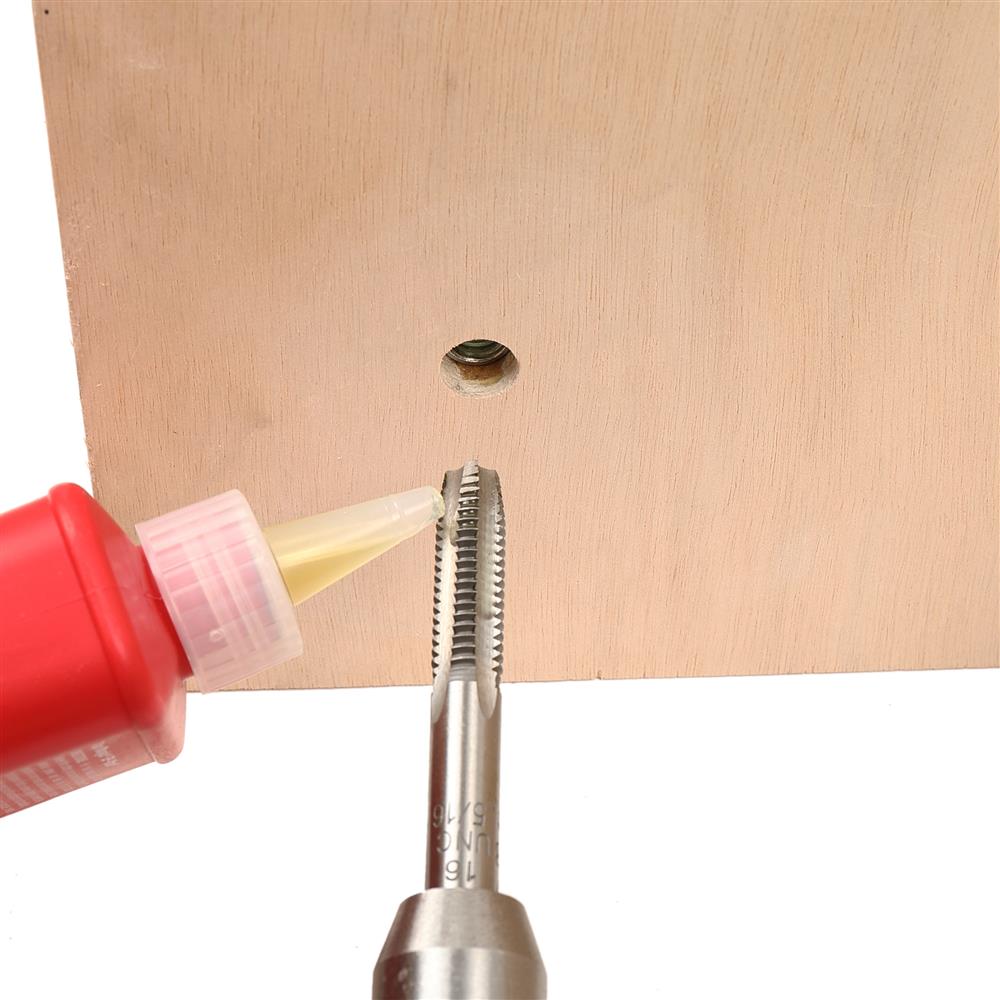
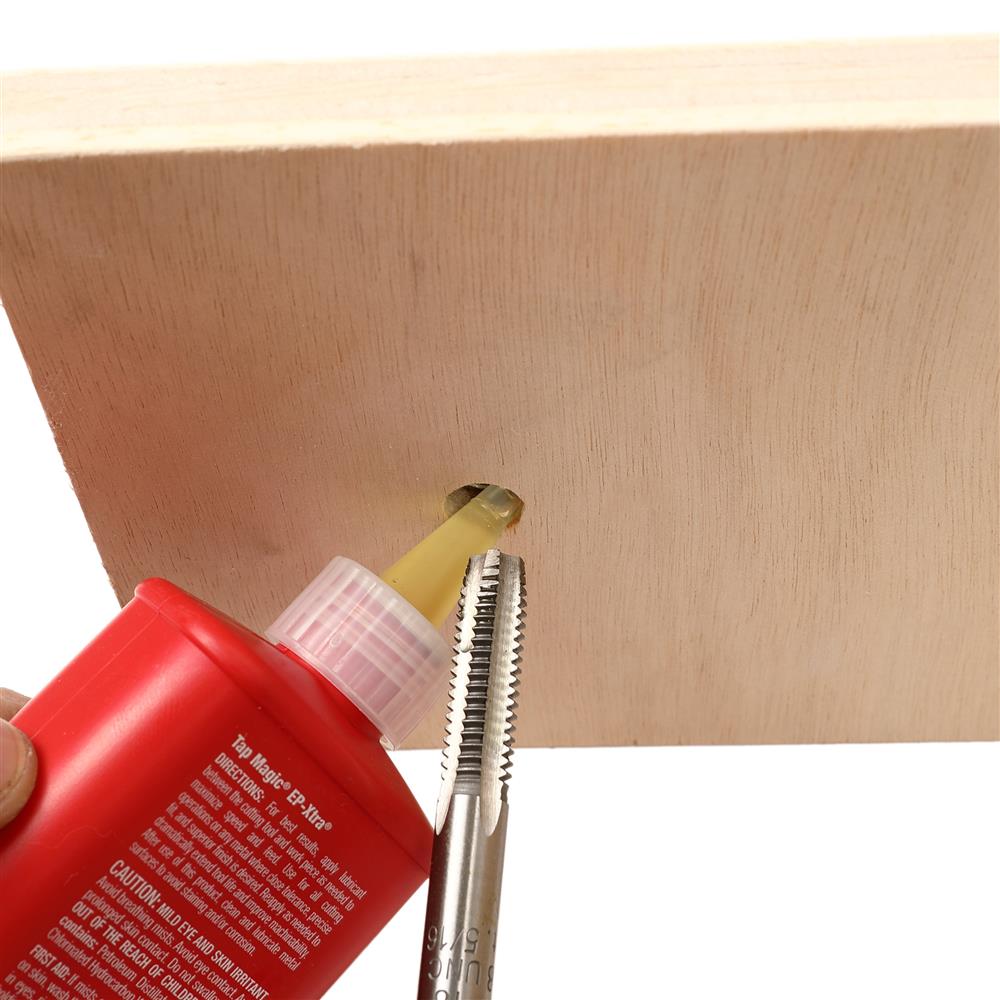
2. Hold the tap in line with the T-nut and with light pressure, rotate the tap back a forth with slight pressure when turning clockwise. Try to keep it very straight as you turn; this is important so that the new threads you are cutting align with the original threads of the T-nut.
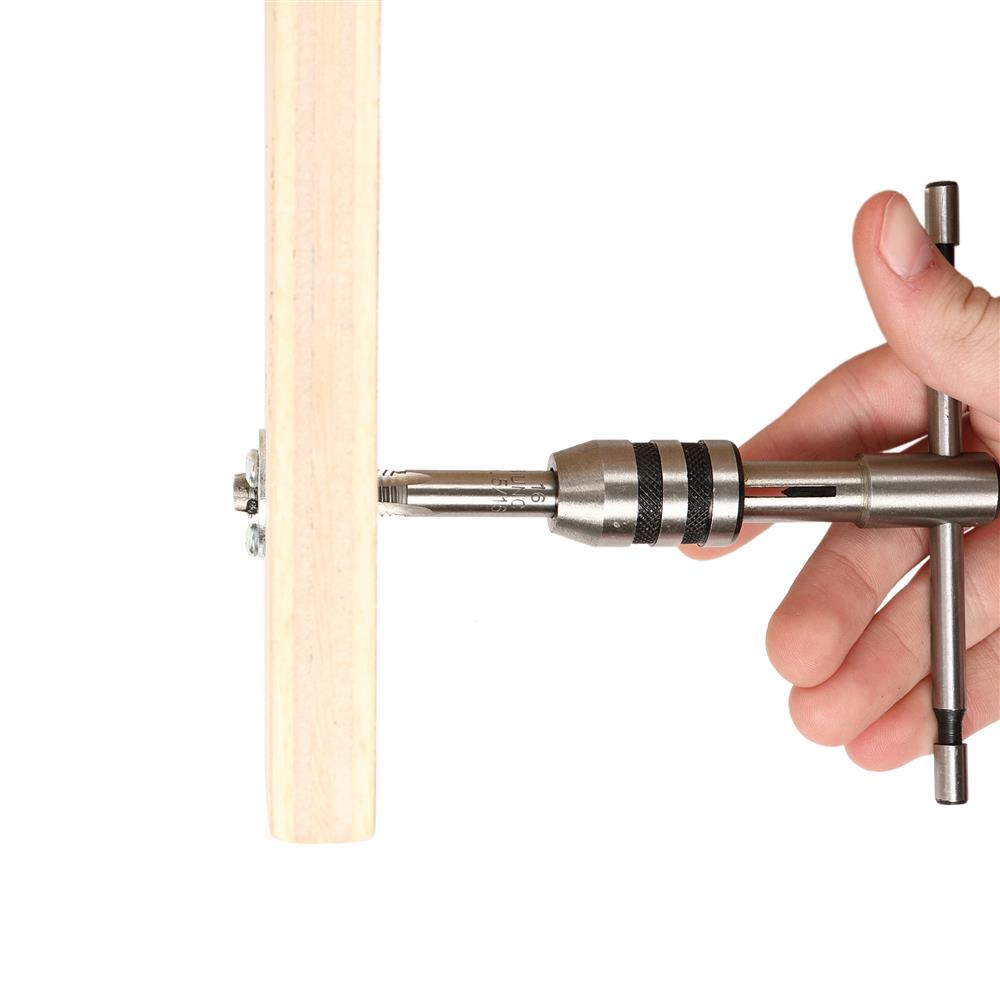
3. Every few turns, back the tap out (counterclockwise) to clear away the loose metal shavings.
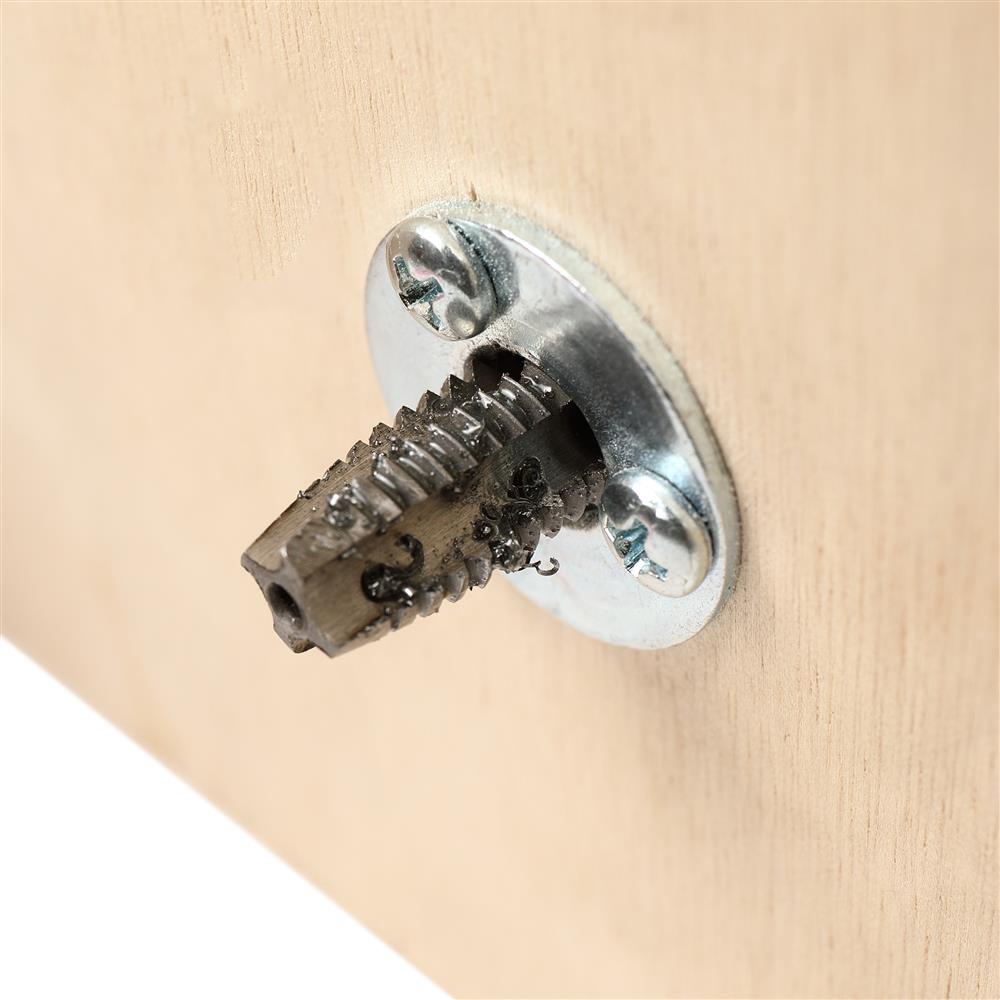
4. Back it out when the tap has passed through the T-nut. Now clean out any metal chips and cutting fluid/lubricant.
5. Using a brand new bolt, (or a bolt you are confident has original threading) hand-thread it into the T-nut. Start the tapping process of the T-nut from Step 1 if there is resistance and you are sure your bolt is good.
Expert Tips
1. Replacing the cross-threaded T-nut is better than tapping if you have access to behind your wall.
2. Skip using an impact driver to install your holds until you have gained experience through hand and wrench installing.
3. Pay attention to any resistance when threading in a bolt. A cross-threaded T-nut only happens when the installer is aggressive. Using an impact driver is by nature aggressive. Therefore, pass on using an impact driver until you have gained the proper experience.


